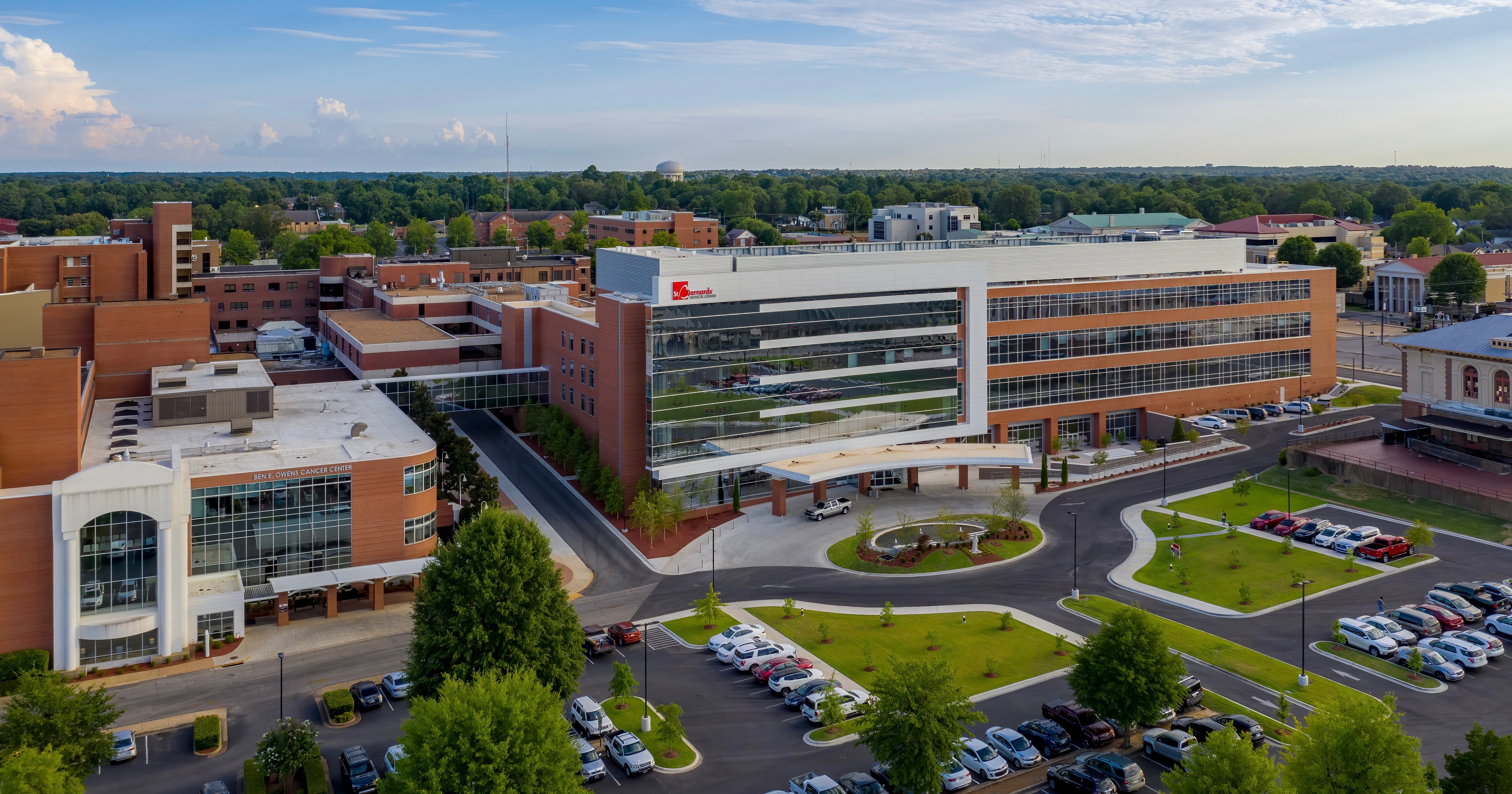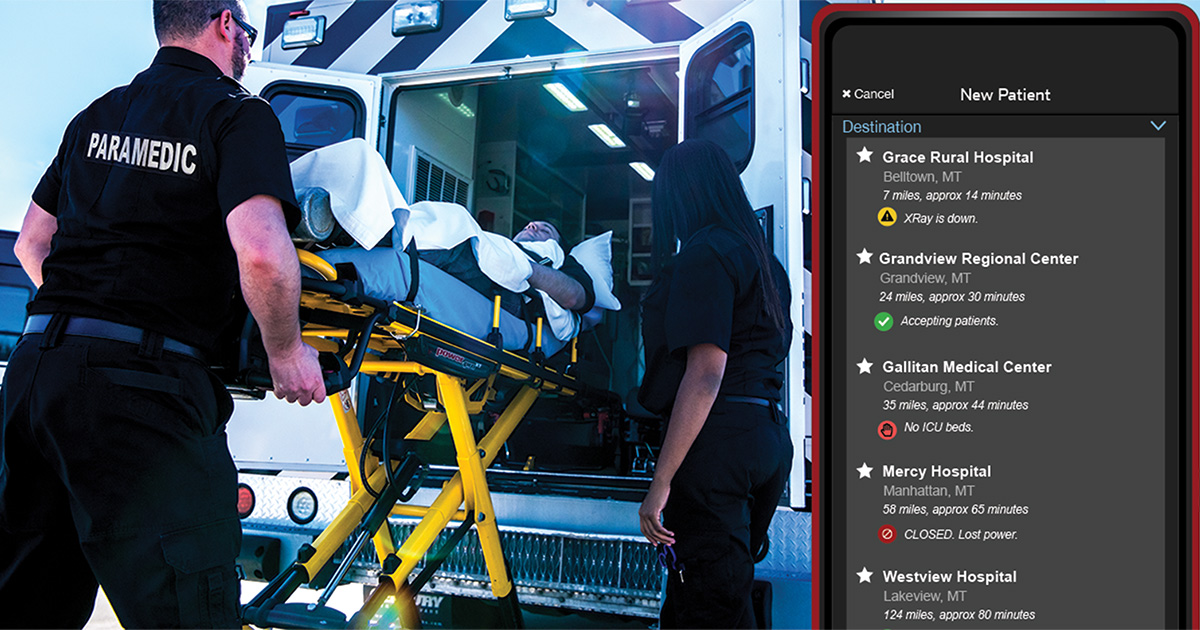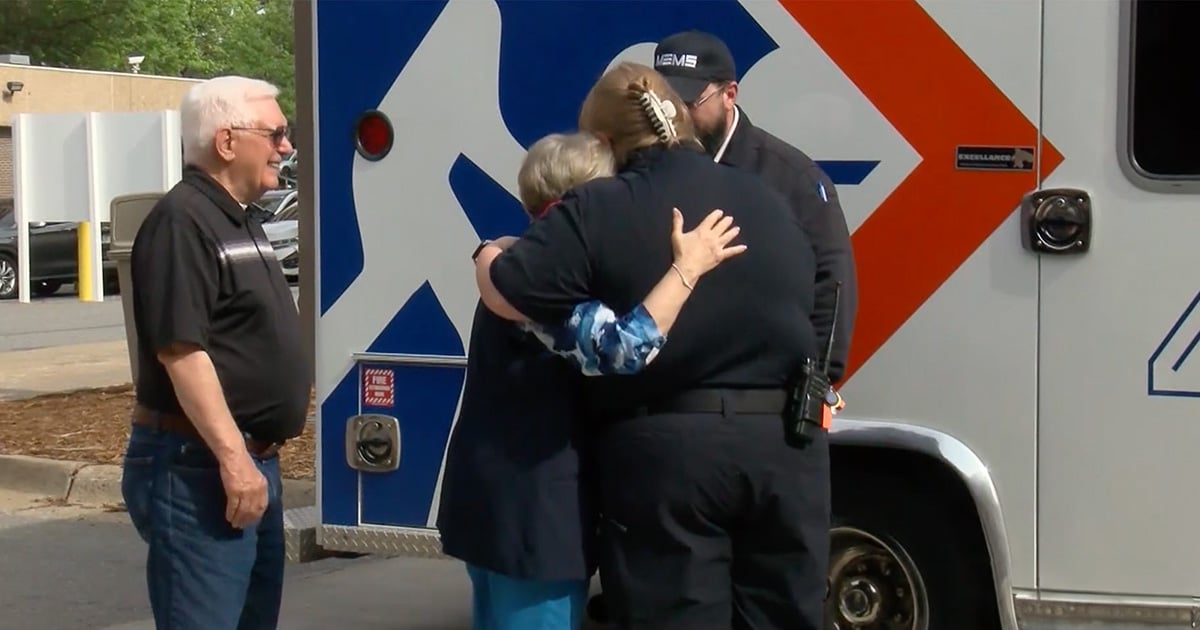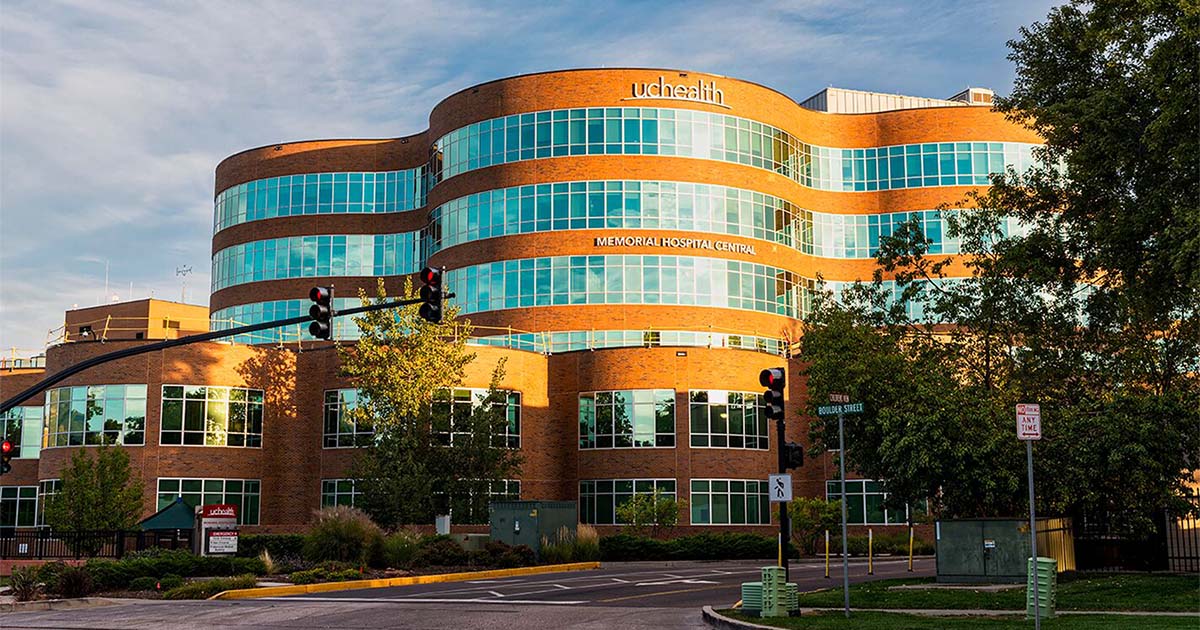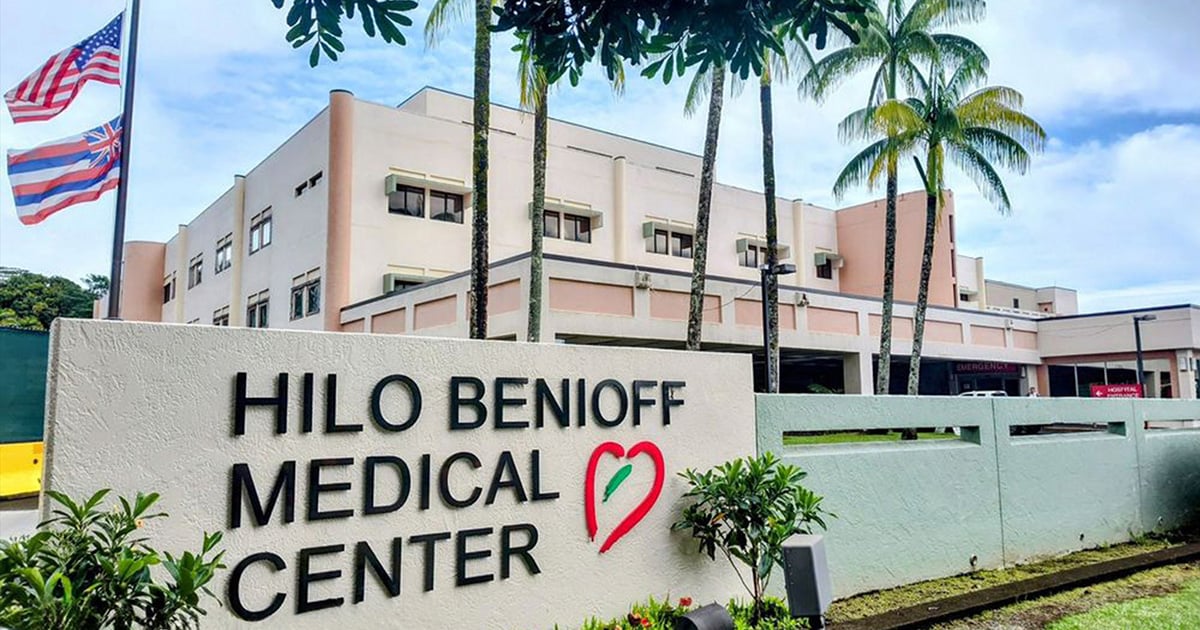1 min read
Case Study: St. Bernards Medical Center Improves Stroke DTN Times by 48%
How an Arkansas hospital improved their door-to-needle benchmark success rates across the board and achieved a record treatment time of 18 minutes. St. Bernards Medical Center, a 381-bed acute-care...
